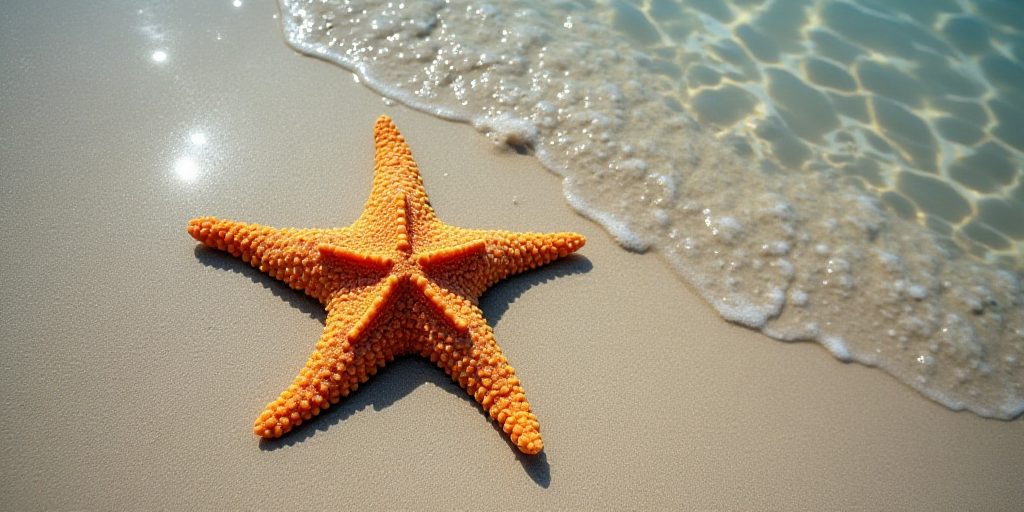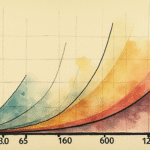The Argentine Mission and Its Unique Public Engagement
Tens of thousands of Argentines are captivated by the live YouTube broadcast of a scientific submarine robot showcasing never-before-seen marine life from the South Atlantic, nearly 4,000 meters deep. The mission, a collaboration between Argentina and the United States, is exploring for the first time the Mar del Plata underwater canyon off the coast of the same-named resort city, 400 km south of Buenos Aires. The live commentary by the scientists leading the expedition has allowed an unprecedented glimpse into marine biology for the general public.
Engaging the Public through Live Commentary
The interactions between scientists and their explanations to viewers have enabled laypeople to gain an unusual understanding of marine biology’s intricacies. For instance, the robot submarine SuBastian’s camera captured an unusual white creature, prompting one of the scientists to ask, “Do we want it?” The chat then erupted with enthusiastic messages from viewers, pleading not to capture the tiny specimen for study.
Viral Sensation and Public Fascination
The transmission has garnered the attention of hundreds of thousands of users since its start a week ago, surpassing one million views daily since Thursday when it began airing on television. Pablo Penchaszadeh, a marine biologist and painter on board as an artist, shared his experience with AFP: “There are cold-water corals with Caribbean colors, identical, how can this be? At 3,000 meters deep!”
Key Players and Collaboration
The 20-day expedition, “Oasis Submarinos del Cañón de Mar del Plata,” involves 25 scientists, mostly from Argentina’s National Scientific and Technical Research Council (CONICET) and the Deep-Sea Marine Studies Group (GEMPA), with support from the U.S.-based Schmidt Ocean Institute. The mission concludes on August 10.
Remote Exploration and Public Support
From the Schmidt Institute’s vessel, “Falkor (too),” Argentine scientists remotely operate the vehicle capable of descending to 4,500 meters, collecting samples with its robotic arms and other instruments, and transmitting high-definition images.
Daniel Lauretta, expedition director, stated in a press release: “The opportunity for anyone to connect from home and witness what we’re seeing is unique. Science becomes less distant or inaccessible and part of daily life.”
This week, social media erupted when an orange sea star with two symmetrical bulges resembling buttocks appeared. The shape and color quickly evoked Patricio Estrella, a character from the animated series “Bob Esponja.” Memes flooded the internet, with marine biology trending and the live transmission captivating a massive audience fascinated by the oceanographic expedition.
A Beacon of Hope Amidst Challenges
This is the first time human eyes—albeit remotely—have observed this submarine oasis in real-time, where currents from the Malvinas and Brazil converge, fostering high marine biodiversity due to temperature differences, according to the Schmidt Institute.
“We’re already seeing incredible things: creatures never registered in this area, otherworldly underwater landscapes, and behaviors surprising even the most experienced scientists,” Lauretta commented.
However, Argentine science also faces political undercurrents. President Javier Milei’s ultraliberal administration has severely underfunded CONICET, implementing drastic budget cuts with his infamous “motosierra.” CONICET’s budget dropped by 21% last year, salaries have plummeted by 35% since Milei took office in December 2023, and the underfunding has led to a scientist exodus.
In the chat, messages of support for CONICET emerged. Tomás Atilio Luppi, a marine biologist at the Instituto de Investigaciones Marinas y Costeras-CONICET in Mar del Plata, not directly involved in the campaign, told AFP: “Seeing passion for one’s work is appealing. And it comes at a challenging time: science is in a very difficult situation, financially and regarding human resources. The current enthusiasm is like a beacon of light.”
Key Questions and Answers
- What is the mission about? The Argentine-U.S. mission, “Oasis Submarinos del Cañón de Mar del Plata,” explores the Mar del Plata underwater canyon for the first time, aiming to study marine life and underwater landscapes.
- Who are the key players? The mission involves 25 scientists from Argentina’s National Scientific and Technical Research Council (CONICET) and the Deep-Sea Marine Studies Group (GEMPA), supported by the U.S.-based Schmidt Ocean Institute.
- Why is this mission significant? This expedition offers an unprecedented opportunity for the public to engage with marine biology through live commentary and real-time exploration of a previously uncharted underwater ecosystem.
- What challenges does Argentine science face? CONICET has experienced severe underfunding from the ultraliberal administration, leading to budget cuts, salary reductions, and a scientist exodus.
- How has the public responded to the mission? The live transmission has garnered massive attention, with viewers enthusiastically engaging in discussions about the marine life and underwater landscapes being explored.






